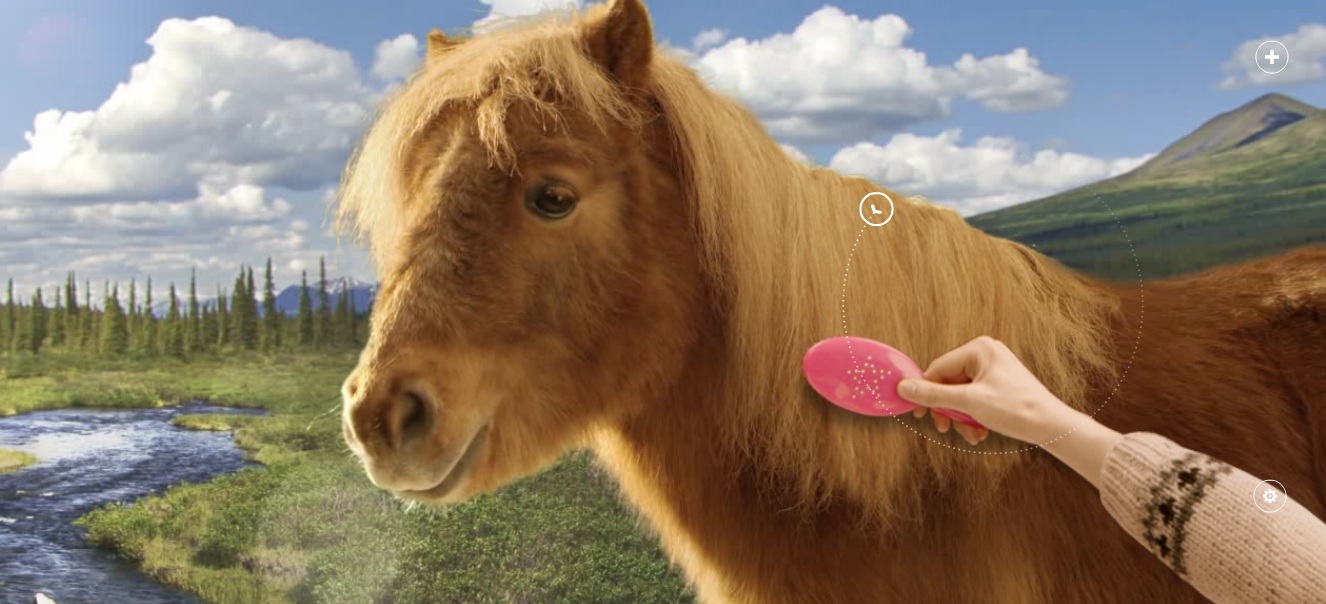- a partial or total loss of memory pertaining to how to hit a baseball that affects hitters in their first year after being acquired by the Angels.
There are so many threats to a player’s well being in the modern game of baseball, but on threat currently casts a greater shadow than the scourge that is Anaheimnesia. While there have only been a few cases recorded in history, the effects can be catastrophic to those afflicted by this terrible condition.
The first known case of Anaheimnesia dates back to 1978 when Lyman Bostock signed with the Angels, then known as the California Angels. Perhaps it was that more general moniker that hid the symptoms of Anaheimnesia from the unsuspecting Bostock. However, when play began, Bostock performed so poorly in his first month of April that he felt compelled, perhaps due to the disease addling his brain, to offer to return his salary to Angels management.
Bostock was eventually able to fight through his ailment and finish the season with a .740 OPS. It was far from his top performance, but enough to make one believe he had conquered the disease. Alas, we never got to find out as Bostock passed away in the following offseason from a car accident (or was it something else?).
There were no more reported cases of Anaheimnesia until 1999 when Mo Vaughn signed a big money contract with the Angels, who were now playing under the name of Anaheim, tempting fate. Scientists still aren’t sure, but it is believed that the combination of this signing and the franchise name change that caused Vaughn to develop a case of Anaheimnesia so bad that he lost control of his motor functions, fell into the dugout, injuring his ankle in his very first game. Vaughn finished that season with an .866 OPS, his lowest in years, and rapidly declined from there on out in one of the most devastating and infamous cases of Anaheimnesia ever.
Over the following years other hitters would go on to be claimed by Anaheimnesia. Gary Matthews Jr., Steve Finley and Vernon Wells all contracted cases so severe that it functionally ended their careers not just with the Angels but in MLB altogether.
Then there was Albert Pujols, who, in 2012, went through a notorious slump to begin his Angels career in which he did not hit his first homer until well into the month of May. Pujols would go on to have a very solid but mildly underwhelming 2012 campaign, but was felled by injury in 2013, resulting in his worst season ever. His Anaheimnesia currently appears to be in remission, but doctors are monitoring him daily.
Josh Hamilton would be the next to get claimed by Anaheimnesia. From the very beginning of his Angel career, Hamilton’s symptoms manifested in the form of him completely losing control of the strike zone and being unable to differentiate fastballs from offspeed pitches. He, too, turned in the worst season of his career. He seemingly had recovered from Anaheimnesia to start the 2014 season, but there were lingering effects that caused him to temporarily lose cognitive functions, resulting in him stupidly deciding to slide headfirst into first base, injuring his thumb.
The outbreak of Anaheimnesia only seems to be picking up steam as now this year David Freese has developed one of the most severe cases to date. This has been especially concerning for the medical community as Freese is not typically considered to have a high enough profile to be at risk of contracting Anaheimnesia, yet he is currently presenting with some of the most severe Anaheimnesia symptoms ever recorded.
What makes Freese’s case such a mystery to modern medicine is there is no obvious area of his game where the disease has metastasized. In past cases, Anaheimnesia has taken root in the patient’s plate discipline. For Freese, that doesn’t appear to be the case. Yes, his walk rate of 6.5% is a career-low and his 29.0% strikeout rate is the worst mark of his career by a mile. Doctors would typically expect to see those poor rates to translate to an increase in swings at pitches out of the zone and possibly in the zone as well. That hasn’t been the case at all for Freese who is actually swinging at just 24.6% of pitches out of the zone, his lowest swing rate since 2010. In the zone, Freese is swinging at fewer pitches than ever as well at 43.3%. While Freese’s whiff percentage of 19.4% is high for him, it isn’t even his career-worst rate.
What this suggests is that Freese might have contracted a new strain of Anaheimnesia. This version of Anaheimnesia appears to be more of a paralytic. Instead of the usual manifestation where the patient is hyperactive and swings at anything and everything, Freese is swinging at fewer and fewer pitches and making late, feeble swings at those he is able to offer at. That would certainly explain his perilously low .053 ISO so far this season.
If there is good news for Freese, it is that while there is no cure for Anaheimnesia, it usually goes into remission on its own at some point in May. However, since this appears to be an entirely new kind of Anaheimnesia, that can’t be counted on. At this point all we can really do is send David our prayers and hope that a cure is discovered through the wonders of modern medicine. Let us all hope that there is a breakthrough before it is too late for David.
Add The Sports Daily to your Google News Feed!
